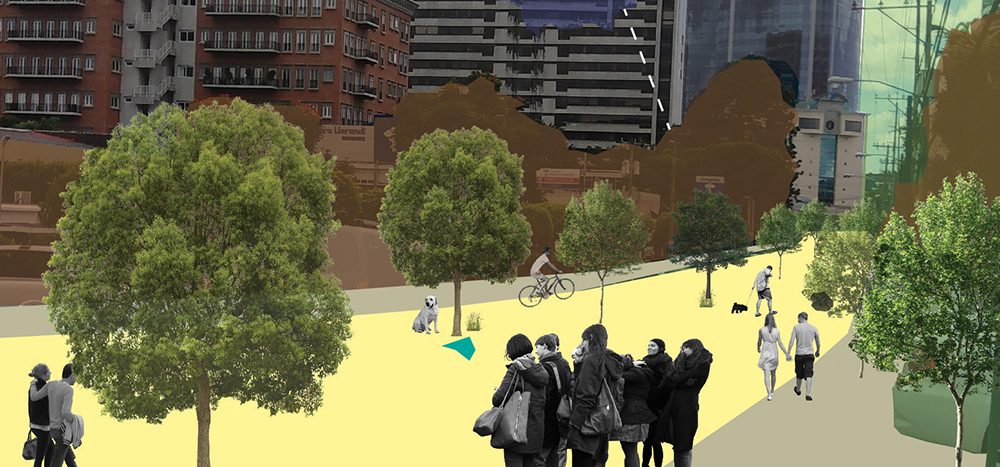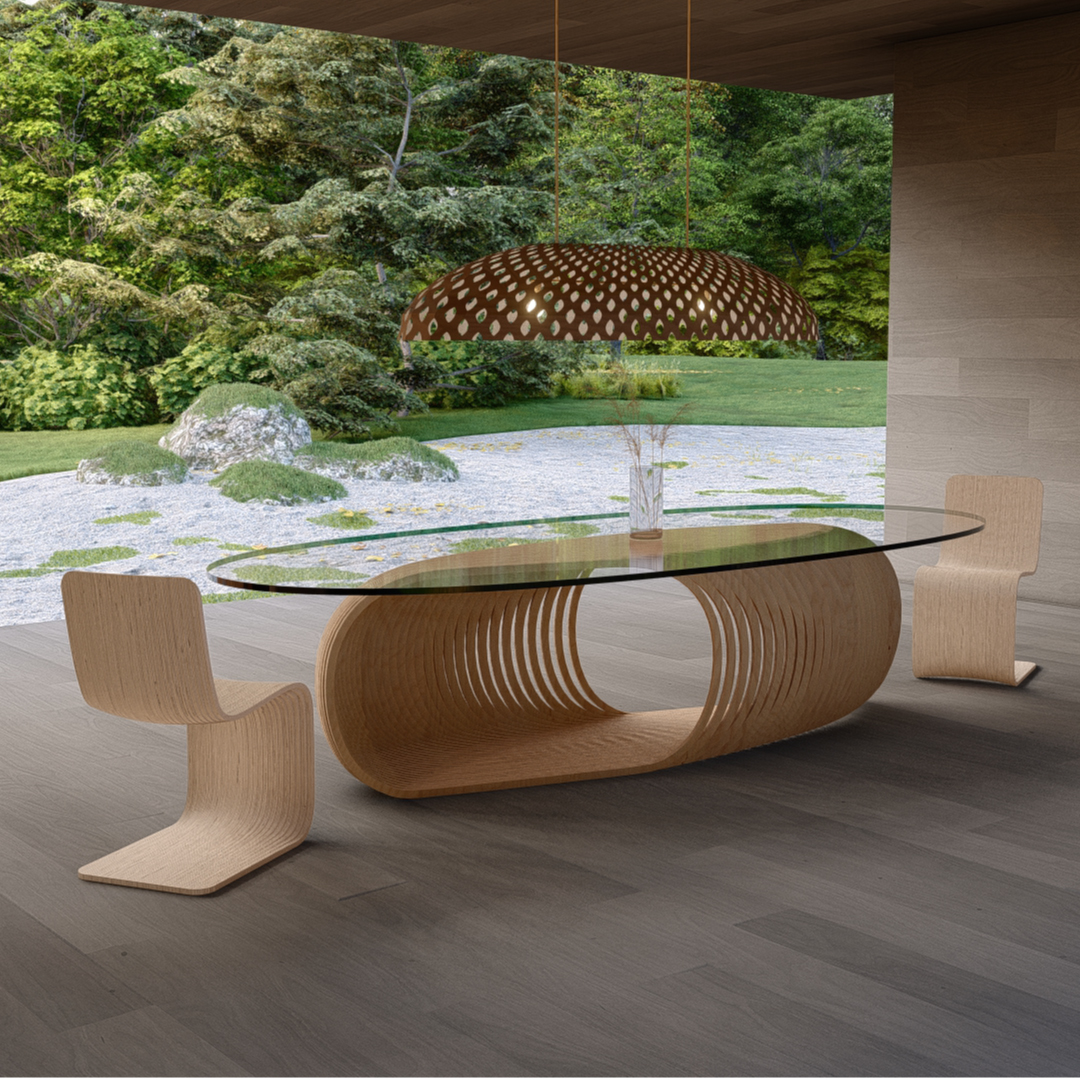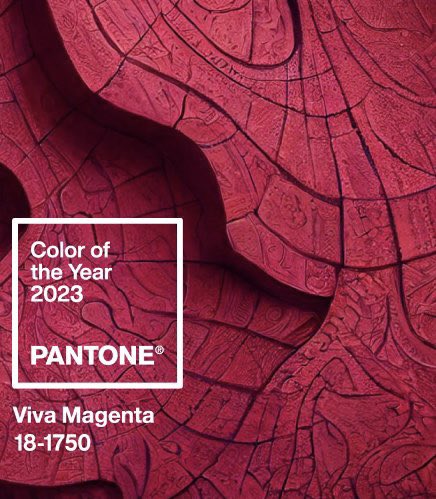Condominiums – work – apartments – shopping centres – vehicles – individual
Bubble a – bubble b – bubble c – bubble d – bubble e – individual
These are the physical divides that control our society. More specifically, the different ways in which the Guatemalan society has encapsulated itself. Each one is a bubble within a bubble, none of them have a relationship with each other that helps define the city, leading us to becoming formed by hundreds of small bubbles that move about in confined spaces without interacting with each other. Urban voids have been allowed to form that have since been forgotten, left unused, or never noticed, simply because they are always there. We’ve left the important things behind and have incarcerated ourselves more and more in our own ‘city’, or so we believe it to be. Each day that we live, we imprison ourselves more within our own lives.
Are we free people imprisoned by the society we live in?
Is real freedom to live within each social construct that subconsciously forms our day to day lives?
We’ve been divided as a society due to a lack of security and growing doubt. We search for solutions through machines, imposed by the trend of being an ‘advanced society’. Immediately, the dream (only achievable with a strong economy) became to be able to travel by car and live life in the suburbs of a city. These solutions never accommodated the real needs of our country, whether it’s topographical, social, cultural or financial. We keep trapping ourselves in the same situation without a real solution to our society’s issues. This lack of security has prevented us from being able to appreciate and experience our city. We’ve built fortresses we call condominiums and boxes we call flats. All of these designed with the intention of repelling as many aspects of the outside world as possible. 1

The concepts seen in urban plans by modern architects dated in the 20s resemble Guatemala City; an important feature of them being machines and technology – confined spaces with no relation to the context of the city and that don’t meld naturally with humans – and large concrete and asphalt slabs that allow us to move ‘freely’.
According to the Oxford Dictionary, the definition of machine is stated as such:
- An apparatus using mechanical power and having several parts, each with a definite function and together performing a particular task.
- Any device that transmits a force or directs its application.
- An efficient and well-organized group of powerful people.
Machines took on an important role in the development of the cities we know today. In the early 20th century, thinkers and planners were stunned by the then latest mechanical invention: the motorcar.
The era of machinery made its way into day to day life and with that, urban developments adapted in order to make way for this new mode of transport. In modern architecture, the car had an important role and established new limits of mobility, specifically regarding speed and dynamic, and the ability to travel from one place to another. The idea of being able to commute around a city by using a car was discussed by Oscar Niemeyer in relation to his failed city, Brasilia (speaking in reference to urban functionality).

Le Corbusier reconsidered the subject of how humans moved around and began to give more importance to vehicles, leaving pedestrians limited to pavements and parks that connected the city. 2 However, like many other modern architects, Le Corbusier failed with his attempt to create a comprehensive city. Voisin’s plan is the best example of how modern architecture took on a selfish approach regarding a city’s history.3 A city wasn’t originally designed for the way in which society functions today – revolving around machinery or living in a space where its only function is to protect an individual from the outside world.
“We have destroyed the old city in order to build a new one, but a poor version of the modernistic “city in the park”– without the park” 4
More and more, we restrict ourselves by the limits we impose, whether it’s mental, physical, social or cultural. However, what would happen if, just for a moment, these limits such as zones, shopping centres, the space within our car and even social and psychological limits ceased to exist? If only we could get rid of these limitations and rethink the urban qualities of our city, recreate the infrastructure and make Guatemala machine-free, without contamination and with more greenery.

It’s time that we start moving around freely, where the direction of our journey is irrelevant. We should make way for the chance to form new ways to connect experiences (that already exist) not like simply the route that connects us from A to B, but more like a means to express ourselves. We need to expand on our architecture and allow it to communicate and work alongside the city plan, and vice versa. 42% of Guatemala City is made up of forests on cliffs and in canyons. These forests are the lungs of the city and the recreational areas that we so importantly need and yearn for.

We need to come to terms with our situation immediately, understand our topography and how our ancestors lived with it. We cannot dream of a Guatemalan London or Paris, this is just an economical utopia that only distances us from reality – just another bubble. Let’s imagine a city free of machines to make room for what we are really lacking in our city – the ability to experience it for what it is.
NUEVOS ESPACIOS URBANOS
condominio - trabajo - apartamento - centro comercial - vehículo - individuo
burbuja a - burbuja b - burbuja c - burbuja d - burbuja e - individuo
Estas son las divisiones físicas que rigen nuestra sociedad, específicamente cómo la sociedad guatemalteca ha sintetizado las suyas. Cada una es una burbuja dentro de la anterior, ninguna tiene una relación entre ellas que defina a la ciudad como tal, ya que somos un conjunto de cientos de pequeñas burbujas que se mueven entre espacios contenidos, sin interactuar entre sí. Lo que hemos provocado son vacíos urbanos que han sido olvidados, inseguros, que realmente no conocemos pero que siempre han estado aquí. Hemos dejado atrás las cosas importantes y nos hemos encerrado cada vez más dentro de nuestra propia ‘ciudad’, o lo que creemos que somos. Cada día que vivimos nos encarcelamos más dentro de nuestras propias vidas.
¿Somos seres libres aprisionados por nuestra propia sociedad?
¿Es verdadera libertad el vivir dentro de todas las construcciones sociales que inconscientemente formamos parte día tras día?
Nos hemos dividido por la falta de seguridad e incertidumbre, buscamos soluciones por medio de las máquinas, impuesta por la moda de sociedades “avanzadas”, rápidamente el sueño (que únicamente se puede lograr con altas capacidades económicas) fue movernos en automóvil y el tener una vida en el suburbio de la ciudad. Estas soluciones nunca se acomodaron a las necesidades reales de nuestro país, ya sean topográficas, sociales, culturales y económicas. Nos seguimos atrapando solos sin buscar una solución real al problema. Esta falta de seguridad nos privó el poder vivir la ciudad, construimos fortalezas que llamamos condominios y cajas, a las que les decimos apartamentos. Todos estos están diseñados con el fin de repeler la mayor cantidad de influencias del exterior de cualquier tipo.1

‘La ciudad entre paredes’ 15 calle zona 10, Ciudad de Guatemala, 2018
Los conceptos de los planeamientos urbanos de arquitectos modernos que datan de los años 20’s se asemejan a esta Ciudad de Guatemala. Gran importancia a las máquinas, -espacios contenidos que no tienen relación con el contexto y que no se conectan naturalmente con el ser humano.- Grandes planchas de concreto y asfalto que nos dejan movernos ‘libremente’.
Según la RAE, la definición de máquina es:
1. Artificio para aprovechar, dirigir o regular la acción de una fuerza.
2. Conjunto de aparatos combinados para recibir cierta forma de energía y transformarla en otra más adecuada, o para producir un efecto determinado.
3. Agregado de diversas partes ordenadas entre sí y dirigidas a la formación de un todo.
Nota: En el contexto de mediados del siglo XX se hace referencia al automóvil como la -máquina-, hoy en día nos podemos referir a un smartphone, computadora, o pantalla de publicidad, sea digital o análoga como una máquina que nos moldea.
La máquina tomó un rol importante en el desarrollo de lo que son las ciudades hoy en día, a principios del siglo 20 pensadores y planificadores quedaron asombrados con el último invento mecánico del ser humano: el automóvil.
La era de las máquinas se abría paso y con esto los desarrollos urbanos cambiaron en las ciudades para darle espacio a este nuevo medio de transporte. En la arquitectura moderna el automóvil tuvo un papel importante ya que estableció nuevos límites de movilidad, específicamente la velocidad y el dinamismo de poder llegar de un lugar a otro. La idea de poder recorrer la ciudad solamente por medio del vehículo fue argumentada también por Oscar Niemeyer con su ciudad fallida, Brasilia (hablando en términos de funcionalidad urbana).

Congreso Nacional, Brasilia, Brasil por Oscar Niemeyer
Le Corbusier replanteo el recorrido del humano, siempre dándole más importancia a los vehículos, dejando al peatón limitado a pasarelas y parques que conectaban la ciudad.2 Pero al igual que otros arquitectos modernos, Le Corbusier falló en su intento de crear una ciudad integral. El Plan Voisin es el mejor ejemplo de cómo la arquitectura moderna tomó una actitud egoísta hacia el pasado de su ciudad. 3 La ciudad no fue diseñada orgánicamente por la sociedad para que vivamos dentro de una máquina o de cualquier otro espacio en el que su función implícita sea contener al individuo del exterior.

Plan Voisin en París por Le Corbusier (1925)
“Destruimos la antigua ciudad para construir una nueva pero empobrecida celebración de la modernista “ciudad en el parque” -sin el parque” 4
Cada vez más nos contenemos dentro de nuestros propios límites establecidos, ya sean mentales, físicos, sociales o culturales. Pero, ¿Qué pasaría si por un momento estos límites tales como zonas, centros comerciales, el espacio dentro de nuestro vehículo y hasta limitantes sociales y psicológicas dejarán de existir? Si solo se pudiera romper con ellos, y con esto replantearnos los trazos urbanos de nuestra ciudad, repensemos las calles de la ciudad de Guatemala libres de máquinas, sin contaminación y verdes.

‘La banqueta que se acaba’, 20 calle zona 10, Ciudad de Guatemala
Es hora de que nos movamos libres, sin importar la dirección ni la vía, abramonos paso como seres que quieren formar parte de un “nuevo” conector de experiencias (que ya existe) no como la ruta que solo conecta los puntos a y b, si no como un nuevo medio para expresarnos. Tenemos que que abrir nuestra arquitectura y permitir que esta se comunique con la trama urbana y viceversa. Se sabe que el 42% de la Ciudad de Guatemala es bosque en barrancos, estos son los pulmones de la ciudad y las áreas recreativas que tanto ‘necesitamos’ y anhelamos.

Avenida Reforma, principios del siglo XX
Nos tenemos que acoplar a nuestro contexto inmediato, entender nuestra topografía y como nuestros antepasados convivían con ella. No buscar y soñar con un Londres o París guatemaltecos, estos son solo una utopía económica que nos alejan de la realidad (una burbuja más). Imaginémonos una ciudad libre de las máquinas| para darle espacio a los que nos hace falta realmente: experiencia de ciudad.
1 Boundary. (2015). AA ARCHITECTURE ISSUE 28, (28), p. 8.
2 Frampton, K. (1992). Modern Architecture: A Critical History. London: Thames and Hudson. p. 180
3 Restoration in the Machine Age: Themes of Conversation in Le Corbusier's Plan Voisin. (1997). Architectural Association File #38, (38) p. 10.
4 Kostof, S., & Tobias, R. (1999). The City Shaped: Urban Patterns and Meaning Through History. London: Thames and Hudson. p. 331










